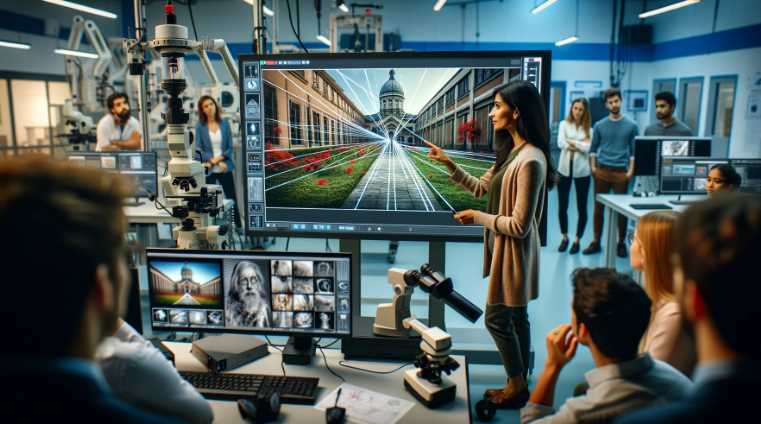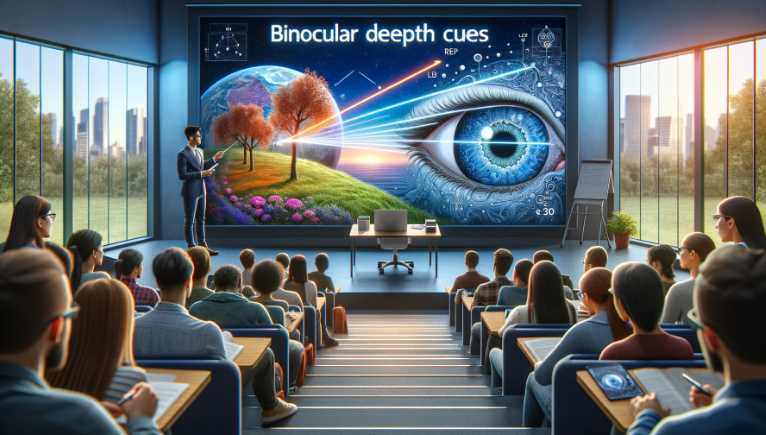Can you use binoculars with glasses?
Yes, you can use binoculars with glasses. Look for binoculars with long eye relief for optimal comfort. Binoculars with long eye relief have eyepieces designed to allow users to maintain a comfortable distance between their eyes and the eyepieces. This feature is particularly useful for individuals who wear glasses, as it prevents the need to […]
Can you use binoculars with glasses? Read More »









